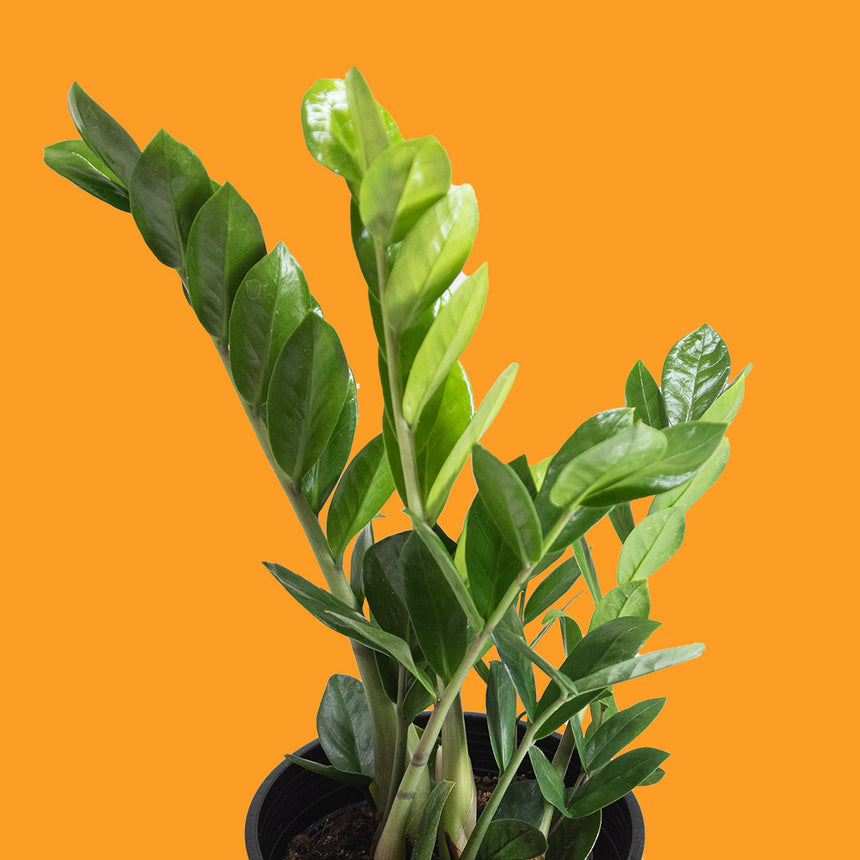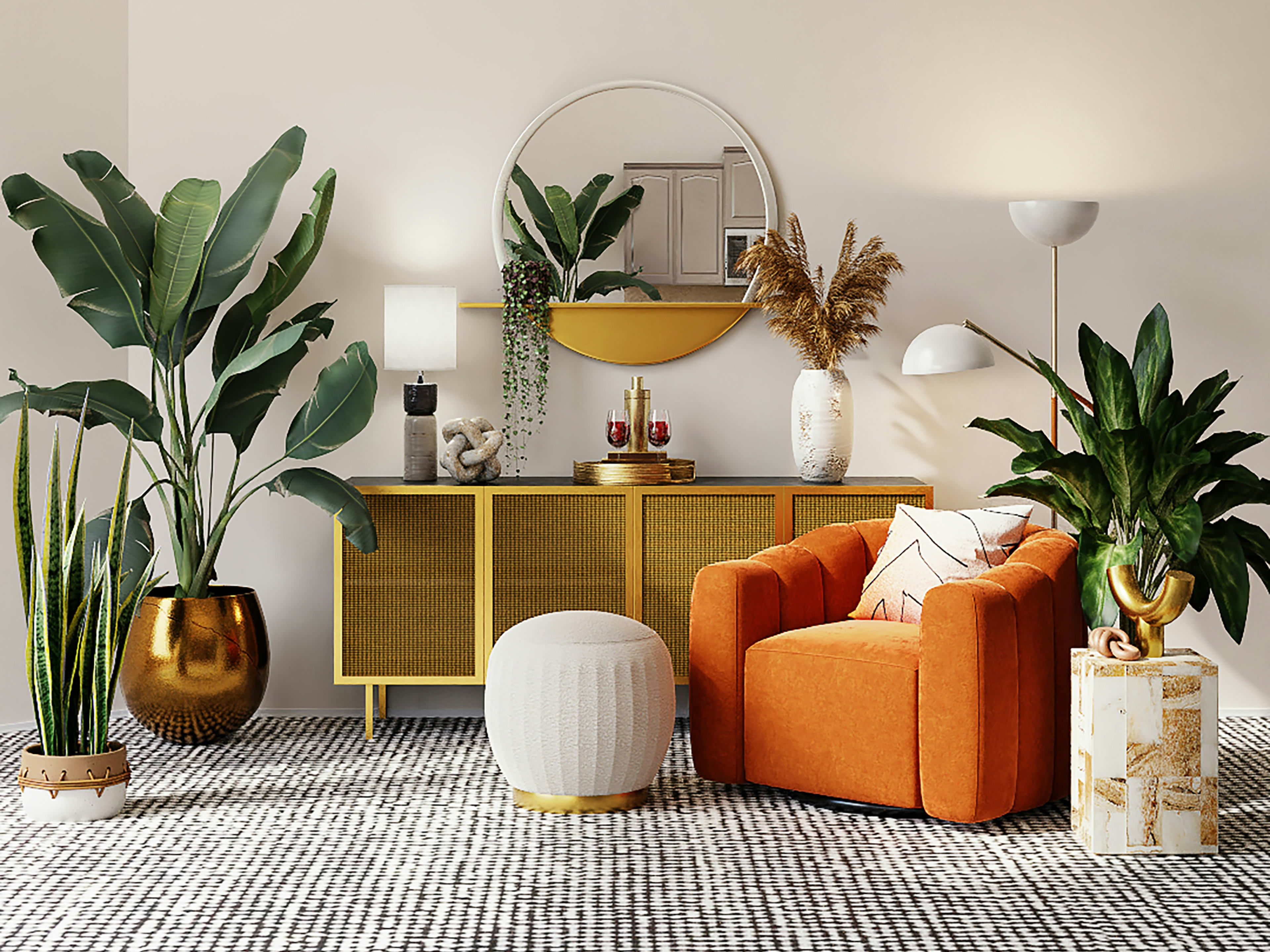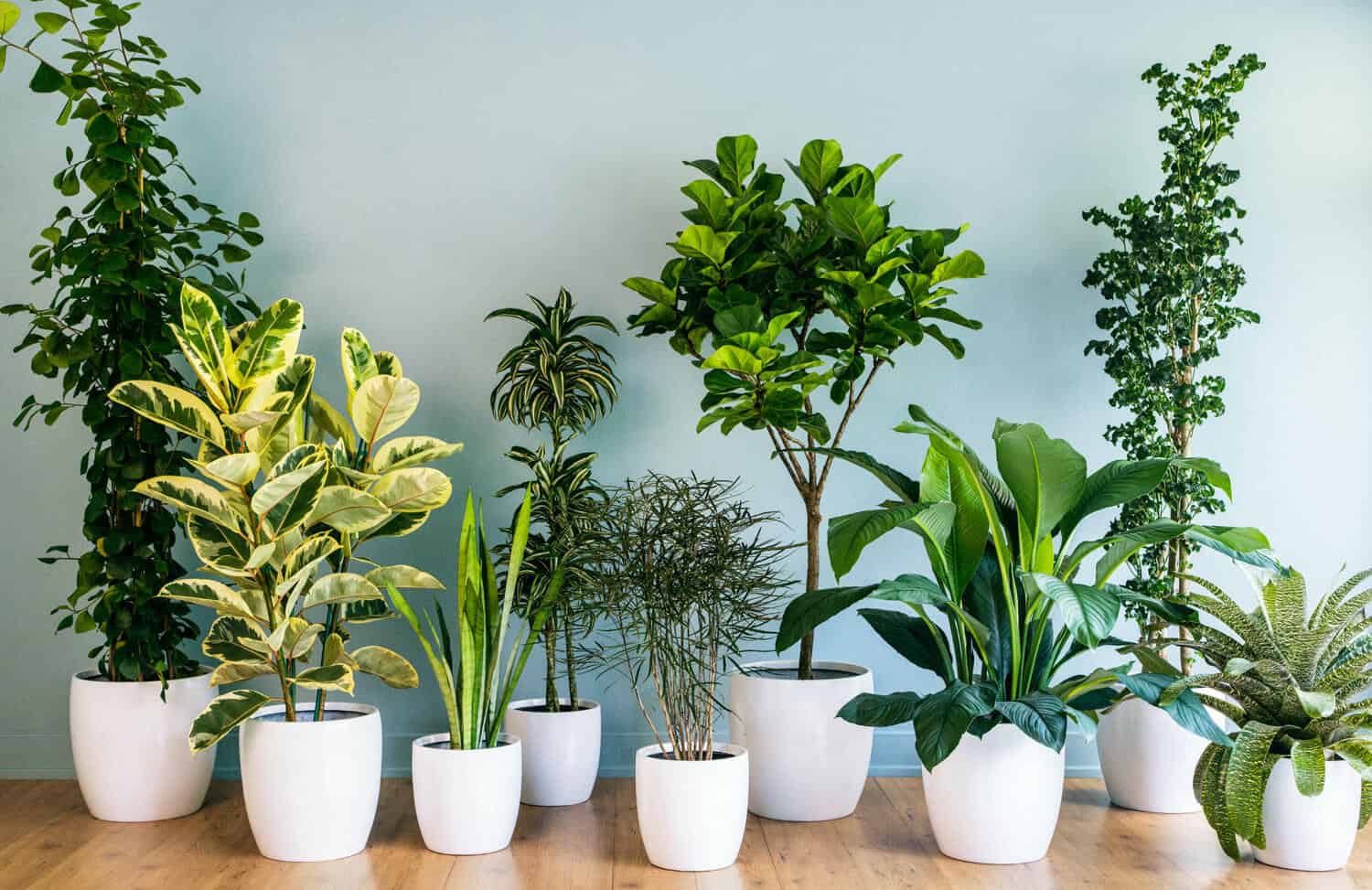Top Picks for the Best Low-Light Indoor Plants to Brighten Your Room
Top Picks for the Best Low-Light Indoor Plants to Brighten Your Room
Blog Article
Transform Your Home With Beautiful Low-Light Indoor Plants and Their Benefits
Incorporating low-light indoor plants right into your home can dramatically boost both the environmental and aesthetic high quality of your living areas. These plants, which prosper in dark problems, offer not only as ornamental components yet additionally as all-natural air purifiers, making them excellent for metropolitan residents or those with limited sunshine exposure. As we check out the different sorts of low-light plants and their benefits, you might discover unusual ways to integrate them right into your home that can change your surroundings in ways you may not have actually prepared for.
Advantages of Low-Light Plants
Low-light plants supply countless advantages for indoor settings, making them an exceptional option for both novice and experienced garden enthusiasts. One of the key benefits is their adaptability to low-light problems, allowing people to enhance their living spaces without the requirement for substantial sunlight direct exposure. This characteristic makes them excellent for homes, offices, and various other locations with minimal all-natural light.

Additionally, including low-light plants right into home decoration can raise the visual charm of a room. Their lavish vegetation and varied structures produce a calming atmosphere, contributing to overall well-being. The presence of plant has actually been connected to lowered stress degrees and boosted productivity, making low-light plants a functional selection for boosting both physical and mental wellness in interior setups.
Leading Low-Light Indoor Plants
While lots of interior plants prosper in bright light, numerous types are especially well-suited for low-light conditions, making them perfect for numerous interior spaces. One popular selection is the Serpent Plant (Sansevieria), known for its striking upright fallen leaves and resilience, calling for marginal care. An additional outstanding choice is the Pothos (Epipremnum aureum), which includes heart-shaped fallen leaves and can track magnificently from hangers or racks, flourishing in low light and including a rich touch.
The ZZ Plant (Zamioculcas zamiifolia) is celebrated for its glossy fallen leaves and capacity to hold up against overlook, making it best for active lifestyles. Similarly, the Peace Lily (Spathiphyllum) not just tolerates low light but also produces sensational white flowers, boosting any kind of space's aesthetic.
For a distinct touch, consider the Cast Iron Plant (Aspidistra elatior), which certainly measures up to its name, prospering in the darkest corners of your home. Finally, the Chinese Evergreen (Aglaonema) provides a range of leaf patterns and shades while being incredibly flexible in low-light conditions. These plants not only improve indoor environments yet likewise add to air filtration, improving your home.
Treatment Tips for Low-Light Plants

Sprinkling practices are crucial; these plants usually choose a little completely dry problems. Overwatering can cause root rot, so make certain that the top inch of dirt is completely dry before sprinkling once again. Usage pots with drain openings to allow excess wetness to escape.
Moisture is one more essential variable. Numerous low-light plants, such as ferns and tranquility lilies, take advantage of higher humidity degrees. To increase humidity, take into consideration misting the fallen leaves or placing a tray of water near the plants.
Fertilizing ought to be come close to with care. During the growing season, make use of a watered down, well balanced fluid plant food each month to sustain development, but avoid fertilizing during the inactive wintertime months.

Innovative Ways to Present Plants
Indoor plants can work as fascinating focal factors in any room, boosting both aesthetic charm and ambiance. Innovative displays can boost the visual effect of low-light plants, making them an integral part of your home design. One efficient method is to utilize tiered plant stands, which permit you to showcase multiple plants at varying heights while taking full advantage of flooring room.
Hanging planters are an additional cutting-edge option, creating a sense of deepness and attracting the eye upwards. Take into consideration macramé wall mounts or wall-mounted racks to introduce a special structure and style.
For a much more structured technique, use geometric terrariums or glass containers to house your plants, adding a contemporary touch to your indoor garden. You can also repurpose classic things, such as teacups or wood pet crates, for a diverse display that mirrors your character.
Enhancing Home Atmosphere With Plants
Integrating low-light plants right into your home not only enhances More Info aesthetic charm but also adds dramatically to the total atmosphere. These plants function as natural design components, presenting a sense of peace that can transform any type of area. The existence of plant cultivates a relaxing atmosphere, which is particularly valuable in high-stress environments such as home offices or living spaces.
Low-light plants, such as serpent plants, pothos, and ZZ plants, are not only cosmetically pleasing but additionally improve interior air quality by filtering toxins. This dual function boosts the ambiance additionally, developing a healthier living room (Best low-light indoor plants). The tactical positioning of these plants can additionally affect the perception of area; as an example, tall plants can draw the eye upwards, making ceilings show up higher and spaces a lot more spacious
Additionally, differing appearances and colors of foliage add depth to interior decoration, enabling creative expression in home styling. Whether put on racks, in edges, or as focal points, low-light plants can elevate the mood of any type of area. In recap, including these see post plants right into your home is an effective way to foster a warm, inviting environment while enjoying the benefits of enhanced air high quality and visual versatility.
Conclusion
Integrating low-light indoor plants into home settings supplies many benefits, including enhanced visual charm and enhanced air quality. These resistant plants, such as the Serpent Plant and Peace Lily, call for marginal light and maintenance, making them ideal for varied way of lives.
While many interior plants flourish in intense light, a number of varieties are especially well-suited for low-light problems, making them optimal for numerous indoor rooms. One effective approach is to use tiered plant stands, which permit you to showcase several plants at varying heights while maximizing floor room.
Low-light plants, such as snake plants, pothos, and ZZ plants, are not just aesthetically pleasing however additionally improve indoor air top quality by filtering system pollutants. Best low-light indoor plants. The calculated positioning of these plants can also affect the perception of area; for circumstances, tall plants can draw the eye up, making ceilings show up greater and rooms a lot more sizable
These resilient plants, such as the Snake Plant and Tranquility Lily, call for minimal light and maintenance, making them appropriate for varied way of livings.
Report this page